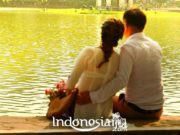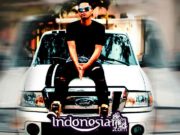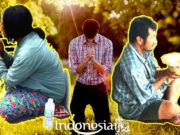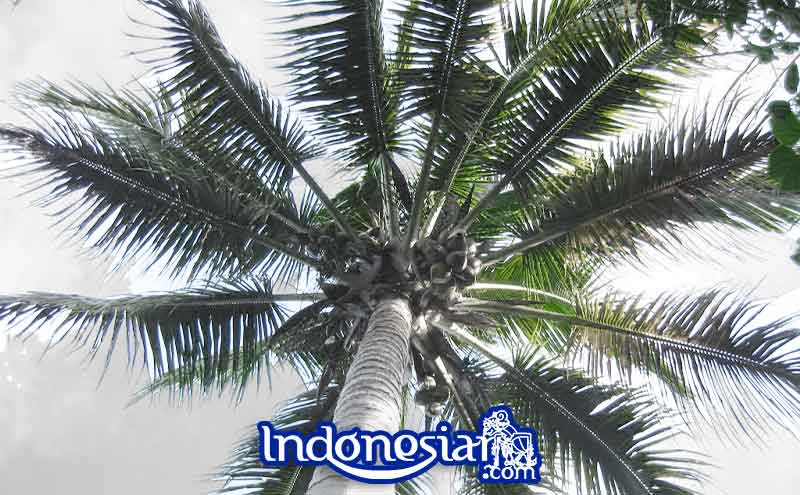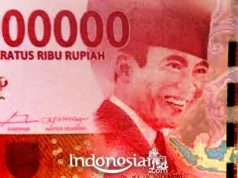One of the indigenous religions of the archipelago that is less popular with many people is Fanömba Adu, an ancient religion of the Nias people (ono Niha), North Sumatra Province. Another name for this religion is Sipelebegu, the name given to it by migrants.
Unfortunately, in almost all Nias today, there is no one resident or community member who embraces the religion of local belief. Unlike some of the adherents of other indigenous beliefs of the archipelago, such as in Java, where some are relatively easy to find – even though their fate is on the verge of extinction – for example the Sunda Wiwitan adherents in West Java or Kejawen in Central and East Java.
“All of Ere’s legacy (the name for Fanömba Adu’s religious leaders) is left with traces and history in our memory,” said a Nias friend, Febriwan Harefa.
His speech was just smoothing out another expression that ‘the religion of my ancestors has completely disappeared’.
Nias Island is the outermost western part of Indonesia which is currently inhabited by 90% of the population of Protestant Christians. Meanwhile, the other 10% are Muslims, Catholics and Buddhists who mostly live in urban areas, such as Gunungsitoli City and the capitals of four other districts throughout Nias, such as Telukdalam, Gidö and Lahewa. Meanwhile, the existence of the followers of the Fanömba Adu religion has completely ended. This was the result of the incessant German missionaries marked by the arrival of an E.L. Denninger in 1865 A.D.
Although, as noted by Pastor Johannes M. Hammerle in the book Origins of Nias Society (Cet. II, 2016), E.L.’s efforts were initially made. It took Denninger up to nine years to inspire a Nias tribe man to volunteer to be baptized as a Christian.
At the time of E.L. Denninger, who was assisted by several missionaries who came from Europe to launch a Christian mission to Nias, most of the statues of the god Fanömba Adu were destroyed. Indeed ono Niha is able to fight, not infrequently even fierce and tragic events occur. The missionaries, priests from Europe were often thrown into the forest by the people, some of them went back home. It was at the point of 25 years of Denninger c.s. ‘existence that 706 Nias residents began to leave Fanömba Adu and claim to be Christians.
At its peak in 1916, all Nias residents were baptized in mass. The big baptism event that ever existed in Nias was known as the Fangesa Sebua (mass conversion) momentum. The success of the mission was inseparable from the Dutch efforts to win over the situation throughout Nias at that time, which was supported by the large number of Nias youths who took part as local missionaries, thus facilitating Christianization efforts.
In books and records, as well as in the mouths of the Nias people today, Fanömba Adu is considered not a religion — rather as a historical route for worshiping spirits and ancestral idols in ancient customs.
Now manifested in the value of cultural respect for ancestors who have combine and dissolve in Christian ways. So that the image of Christianity in Nias is quite unique compared to other regions.
I often get sentences like this on Nias: “Religion, in Nias only existed since the last century”. It is as if the existence of the Fanömba Adu religion as an ono Niha religious system and has been rooted for centuries is not a religion. Perhaps this assumption stems from the types of religions recognized by the state.
I also do not deny the existence of other religions that the Nias tribe adhered to before Christianity. For example, information suggests that the northern part of Nias Island was once under the authority of the Sultanate of Samudera Pasai, although the information does not mention the number of religious followers recognized by the Sultanate of Samudera Pasai.
Religious Traces of Fanömba Adu
The teachings of Fanömba Adu have belief in a creator god, upper and lower gods of the universe, supernatural powers, spirits, the power of ancestral spirits, natural forces and adherence to traditional patterns. This belief is made in tangible forms such as statues, mökö-mökö, trees, rivers, wind, animals and people.
The gods are Lowalangi as king of the gods of the upper world, Lature Danö the king of gods in the underworld, and Silewe Nasarata who protects the Ere.
It is easy to find traces of Fanömba Adu today. By observing various elements of adat, Nias is strong enough to uphold its customs and heritage values. How the ancient myths of ancestral heritage are kept alive in their lives, as well as ancient poetry (‘hoho’) and customary law books empowered by aristocrats (‘si’ulu’) on owasa and other occasions such as a wedding ceremony.
In the hoho, the ono Niha’s ancestors came from the sky. The ancestors of the Nias people came from the sky which was revealed to a place called Gömö — now one of the sub-districts in Nias Regency which is bordered by South Nias Regency.
Likewise with the traditional houses (omo Niha) and the reliefs in them, there are also siulu who are respected by the community until now, the values of Fanömba Adu, even though today all aspects of the tradition have been influenced by the Christian perspective.
Likewise, the burial system in Nias, placing the grave in the part of the house, is part of the value of Fanömba Adu. Even though they are embodied with crosses, graves are placed in the yard or in the living room inside the house, be it in the city or in the countryside. Usually the graves of husband and wife are lined up and head to the front of the house. This means that the grave of the deceased is not far from his family members who are still alive. If you miss, go directly to the yard or living room.
The difference is, Fanömba Adu does not know the grave customs. Handling corpses depending on caste, the bodies of nobles are buried in coffins and placed at home. For commoners, put to sleep in a hammock or hanging chair in the forest. After the corpse “decomposed”, the bones were taken back by the family and placed on the wall of the house. The people of Nias are familiar with the burial tradition since the arrival of Christianity. Recently, There is a discourse on regional regulations regarding public cemeteries in Nias.
As a pagan religion, ancestral figures are visualized in the form of wood carvings. They were the ancestors of the Nias people who were sanctified and believed to have high miracles. The ancestors have sacred advices recorded in the hoho and serve as guidelines for followers of Fanömba Adu. To this day, these tips are used as a way of life for the people of Nias.
Among the approximately 10 kinds of statues of ancestors as idols of the Fanömba Adu people named Adu Zatua, is the male ancestor, the greatest among the others. Adu Zatua represents father. In the hoho it is stated that the dead heart of Adu Zatua can speak, that heart is what then continues to speak to his children.
The gender of the ancestral statues can be identified from the shape of the head covering of idols, the use of their earrings, as well as their vital organs, some of which are very strikingly carved. That is a glimpse of Fanömba Adu, a Nias native religion which is now extinct.
Source : nusantarainstitute






